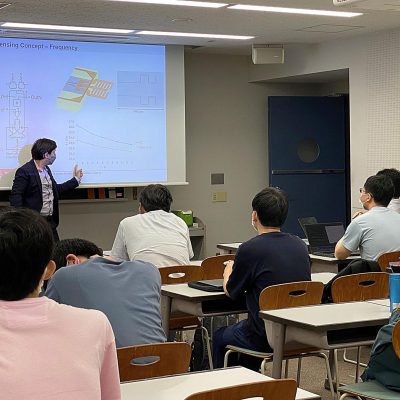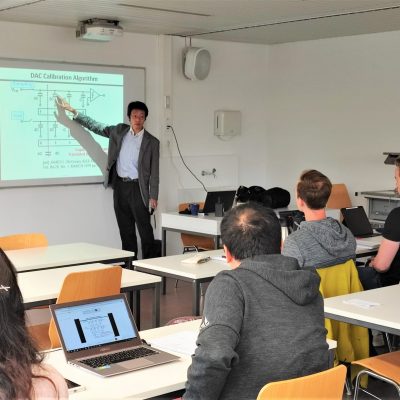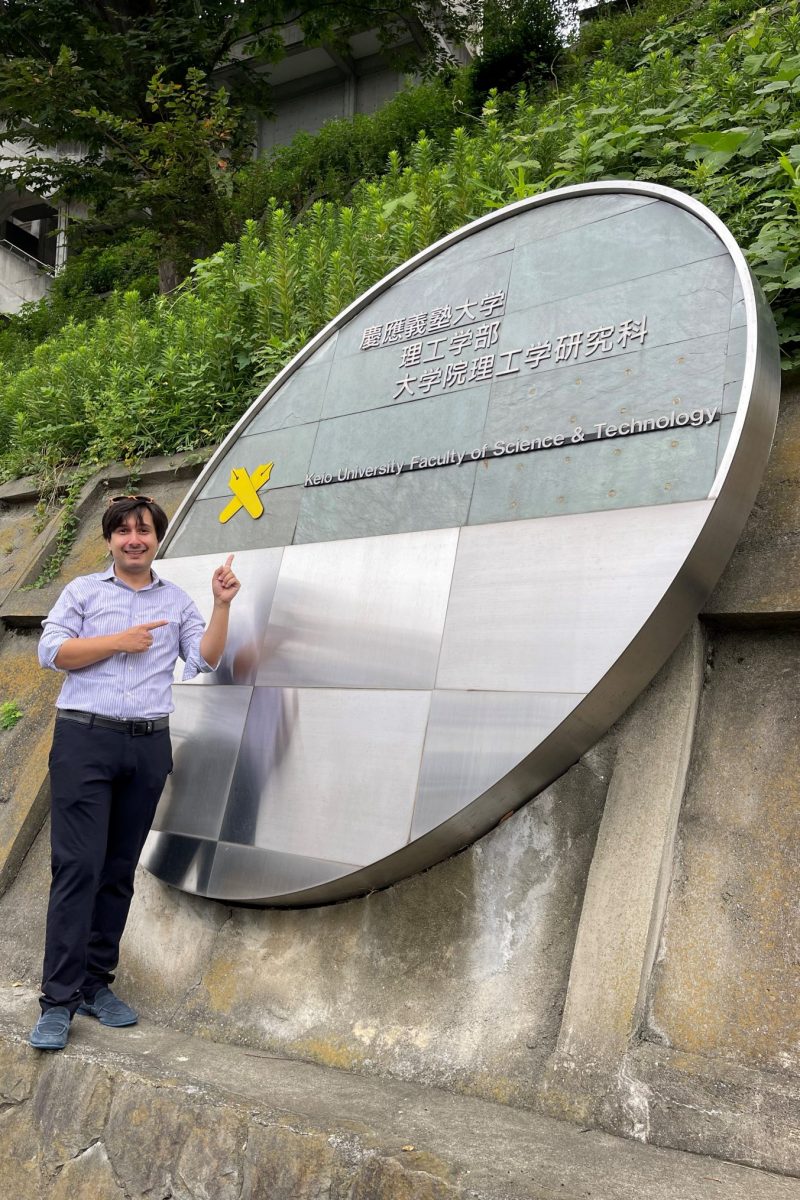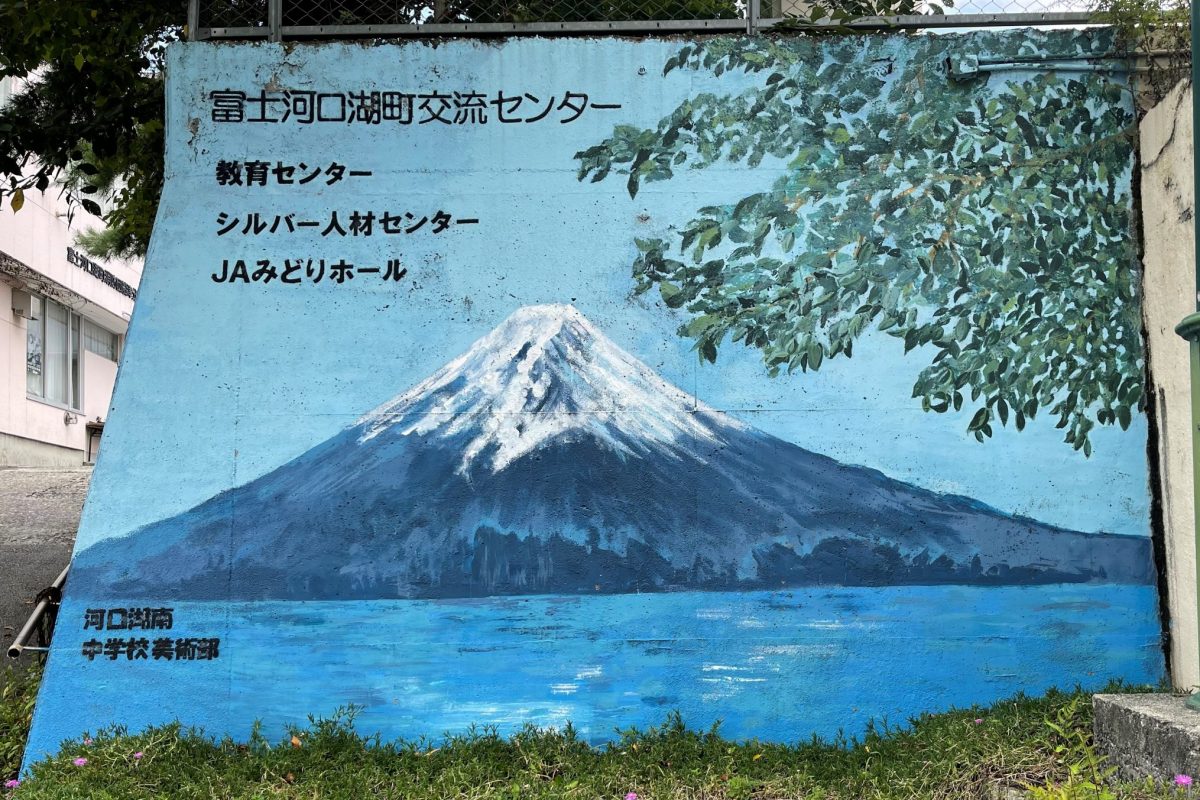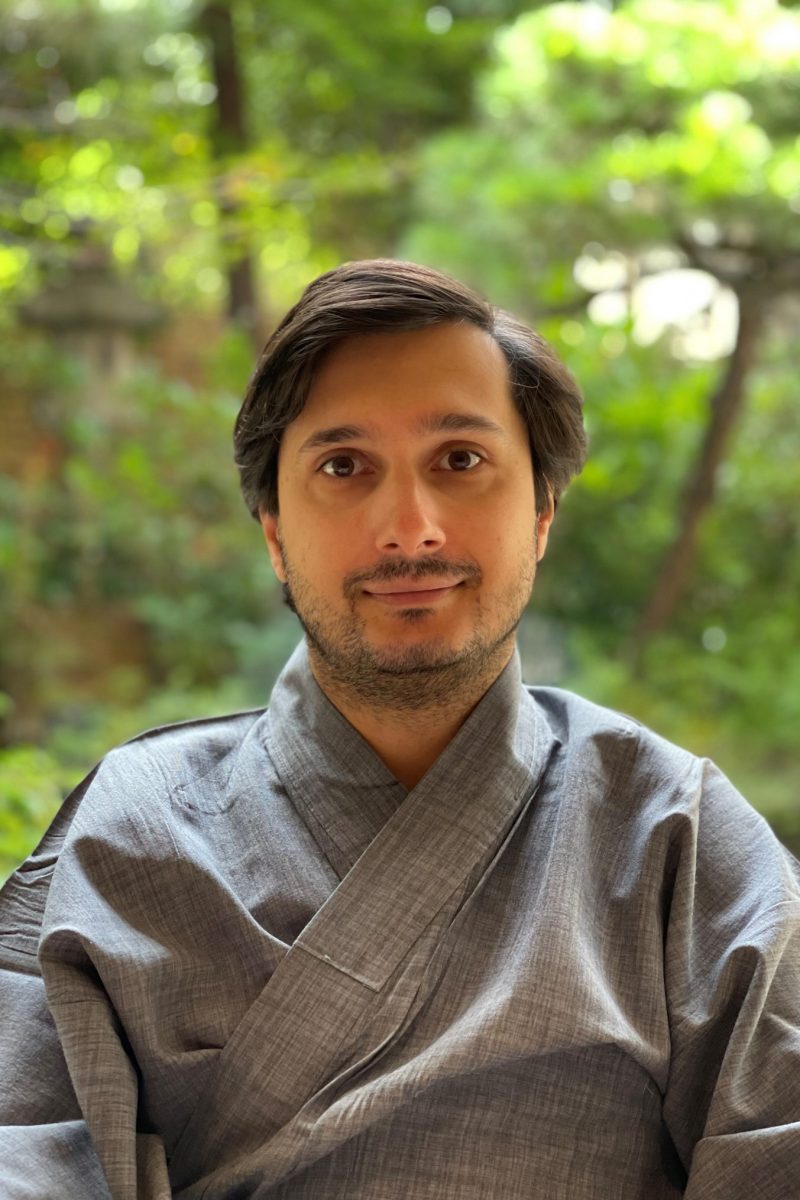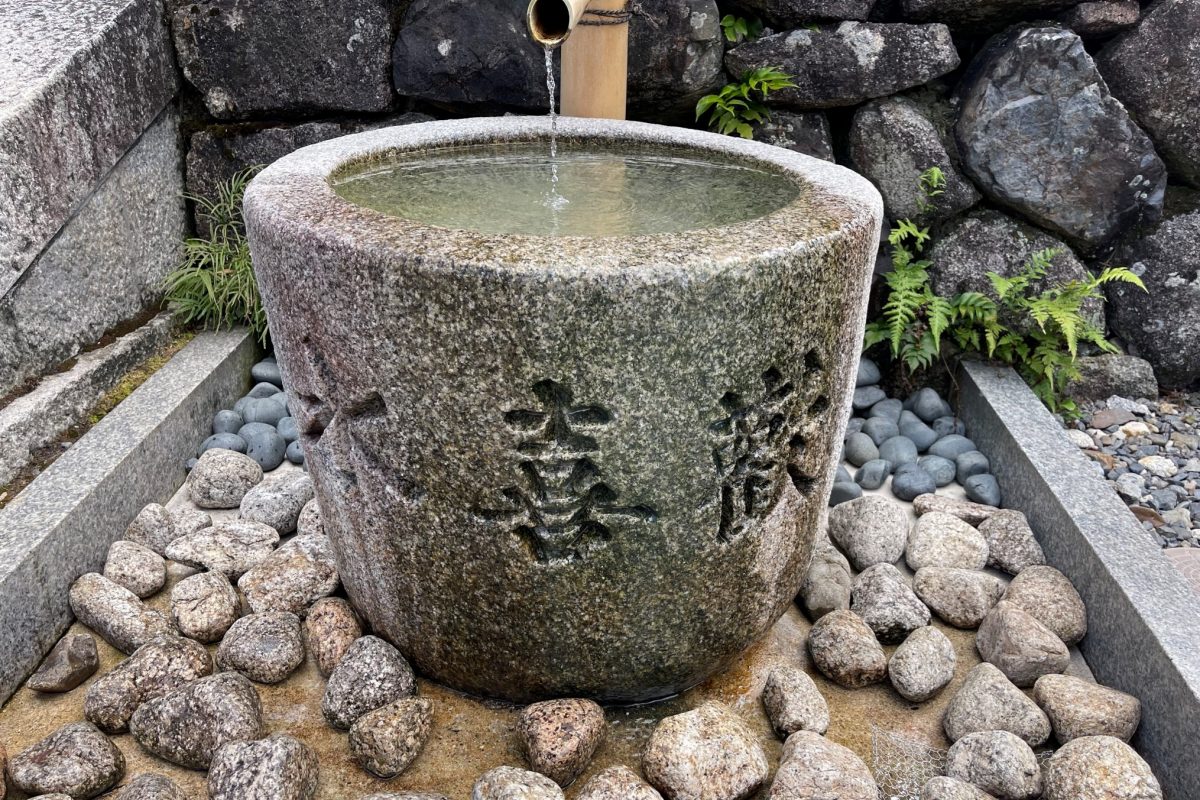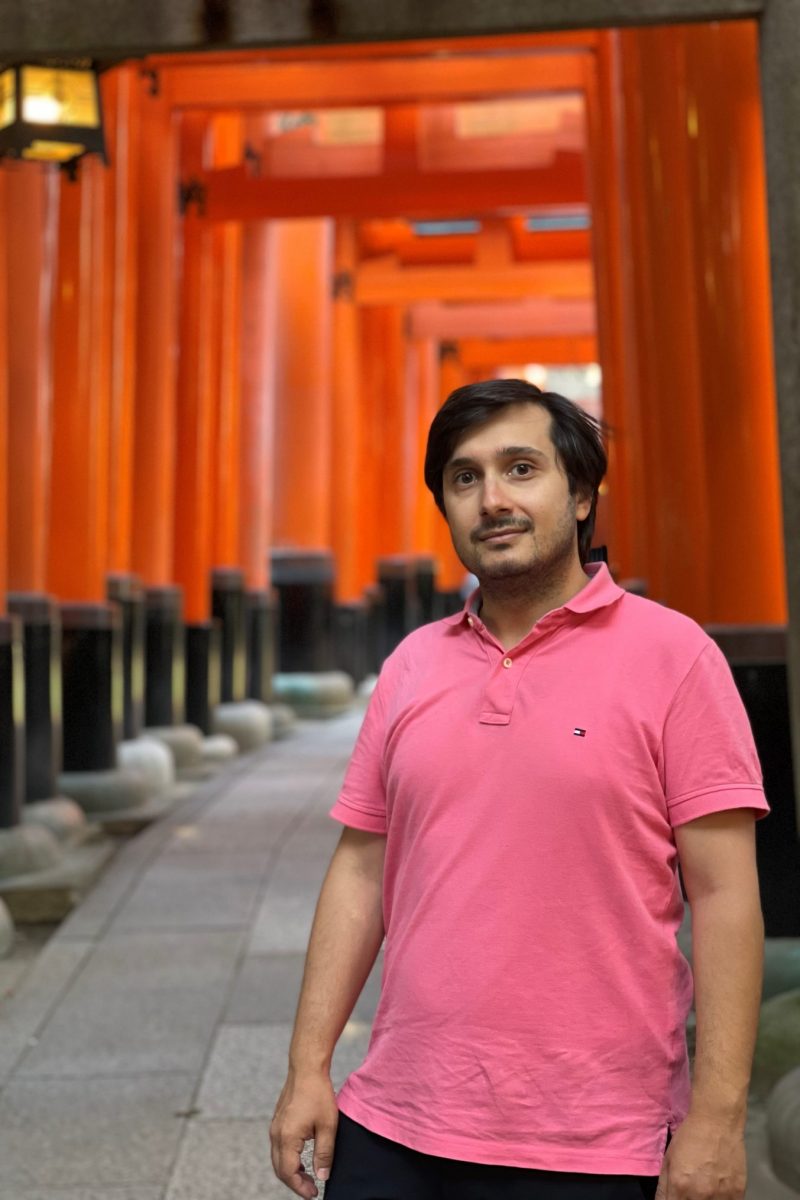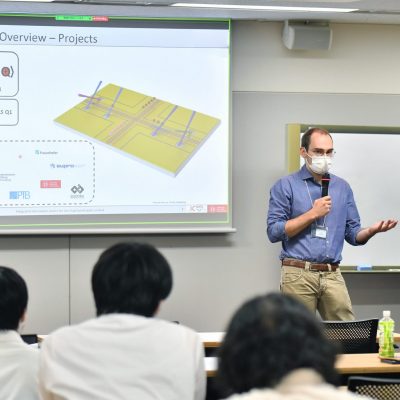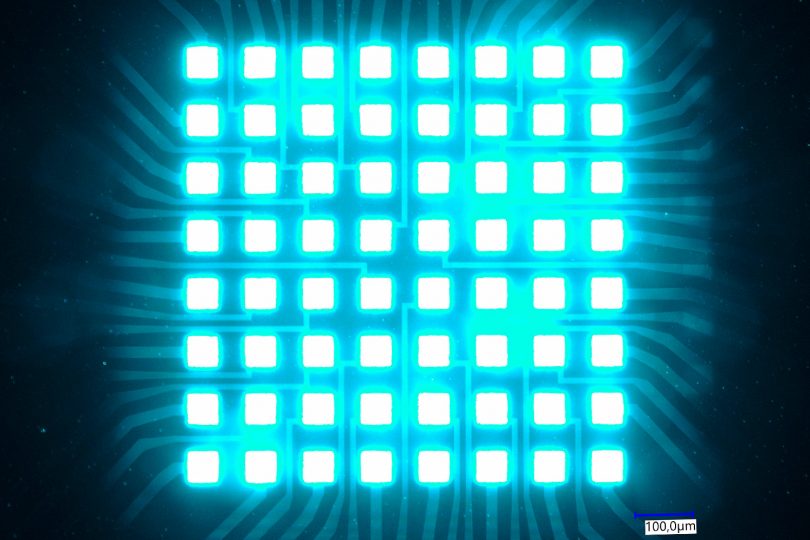German-Japanese Summer Visiting Tokyo with Professor Vadim Issakov
The cooperation between TU Braunschweig and Keio University in Tokyo continued to gain momentum over the summer. First, Professor Vadim Issakov travelled to Japan and lectured on analogue integrated circuits in biomedicine. This was followed by a workshop on “Next Generation Quantum Computing”, which mainly brought together researchers from the Japanese quantum computing programme with those from Quantum Valley Lower Saxony. Finally, Japanese Professor Hiroki Ishikuro returned the visit with a guest lecture in Braunschweig. From enthusiastic students to new cooperation options to exploring Japanese culture: after his German-Japanese summer, Professor Vadim Issakov is positively brimming with impressions.
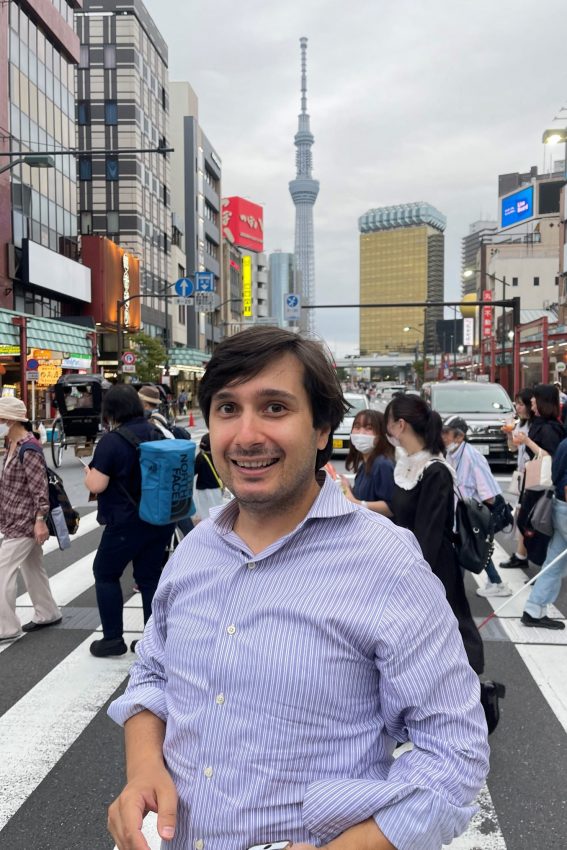
In the middle of Tokyo: Professor Vadim Issakov explores the city after his guest lecture. Photo credit: Vadim Issakov/TU Braunschweig
Mr Issakov, the first stop on your trip to Tokyo was a guest lecture at Keio University. Why is something like that worthwhile?
First of all, I was surprised by the warm welcome that my Japanese colleagues Professor Hiroki Ishikuro and Professor Nobuhiko Nakano gave me. Even though I could hardly keep my eyes open: the first dinner was already a travel highlight. The lecture started directly the following day, five days of three blocks each on integrated circuits in biomedicine. While the Japanese colleagues are experts in digital and mixed-signal circuits, my research focuses mainly on analogue circuit technology. In biomedicine, for example, it can be used to measure the electrical signals of cells – the information that provides information about heart and brain functionality, for example. In terms of content, my lecture was like the missing piece of the puzzle in the Japanese curriculum, just as Ishikuro’s lecture on analogue-digital converters three weeks later was to perfectly complement my Braunschweig programme.
- Photo credit: Vadim Issakov/TU Braunschweig
- Photo Credit: Laurenz Kötter/TU Braunschweig
Accordingly, I was able to enjoy lively participation, both from the students and from the two professors. It was precisely for this interaction that the trip had already been worthwhile. I had many in-depth conversations with the students between and after the lectures or was asked about supplementary publications. I am particularly pleased to have gained first-class potential applicants for doctoral and postdoctoral positions with us. In discussions with Ishikuro and Nakano, we were also able to apply the questions from the lecture directly to their research topics. You couldn’t wish for a greater success for a lecture.
With the workshop “Next Generation Quantum Computing”, another event directly followed in Tokyo – sounds like a tight schedule.
Fortunately, I still had a little time between the lecture and the workshop to get to know more of Japan than just Japanese food and green tea in the most exotic varieties. By the time I took the Shikansen express train to Japan’s former capital Kyoto, I had finally arrived on the other side of the world. From my traditional accommodation (ryokan), equipped with the “summer kimono” called yukata, I was able to make a few trips to famous sights.
The fact that I was able to start this Japanese adventure and the workshop in a relaxed way is also thanks to my PhD student Peter Toth. Not only would there have been no bridge between Tokyo and Braunschweig without him, he also took on a large part of the organisation of the workshop. Moreover, the transition from lecture to workshop was smooth in terms of content. One aspect of our cooperation is the field of quantum computing after all. Especially in the field of cryogenic electronics, we in Quantum Valley Lower Saxony can learn a lot from Professor Ishikuro.
With your contributions to the Lower Saxony quantum computer project and as technical director of Qumic, you were definitely in the right place. Who did you meet at the workshop?
Indeed, a very colourful group of people. First of all, the German embassy opened the workshop as patron and praised the cooperation on quantum computing across seven time zones. In addition, there were visits from the local DLR office and the DAAD Japan, as well as the co-organisers from the German Center for Research and Innovation Tokyo (DWIH Tokyo). Most of the participants were Japanese scientists involved in the national “Moonshot Programme”. The name “Moonshot” stands for a whole series of forward-looking scientific projects, including the construction of quantum computers.
- Photo credit: Vadim Issakov/TU Braunschweig
- Photo credit: Vadim Issakov/TU Braunschweig
In terms of content, the workshop was divided into two parts: On the first day, the focus was on our approach from Lower Saxony, a quantum computer based on ion traps. The second day was devoted to the construction with superconducting qubits, which the Japanese programme is also pursuing. The lectures themselves were very varied: among others, there were lectures by Google and Infineon. Again and again, the topic of scalability took centre stage. Regardless of the approach, everyone starts with a handful of qubits and then tries to increase. And the only way here is through electronics: How do you build the circuits? What are the requirements? How can you measure these circuits at cryogenic temperatures? These are the questions that are currently driving the participants.
In addition to the research-intensive exchange, there were also many opportunities for networking on site and thus paths to new cooperations. For example, a professor from Kyoto was particularly engaged and the metrological research of the Physikalisch-Technische Bundesanstalt was in particular demand.
Directly after the workshop, Professor Ishikuro came to TU Braunschweig to give his guest lecture on analogue-digital converters. Is this the end of the German-Japanese summer fairy tale for the time being?
It is definitely the end of a very intensive period of exchange. However, the cooperation is livelier than ever. Currently, Masayuki Ichikawa, a member of Ishikuro’s staff, is also conducting research at our Institute for CMOS Design until December 2022. At the same time, Peter Toth is in Japan until the end of January 2023. And more students from both institutions have expressed an interest in participating in the exchange. Finally, there are now even more points of contact in the relationship that has been strengthened through personal contacts.

